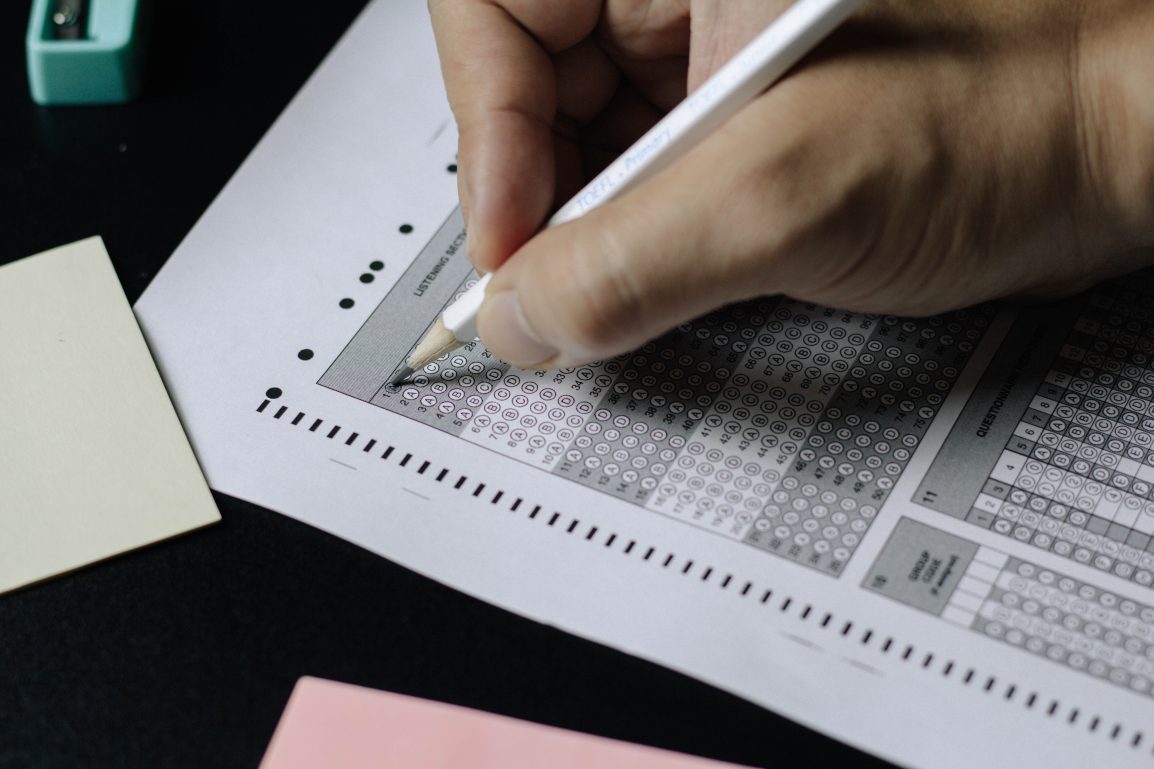THE SAT
An American examination offered through College Board, a company which also offers AP Exams. It is a great academic measure as it can easily compare an individual to other high school students around the country. Moreover, the SATs scores can be used for college admissions, and although some colleges have made the SAT an optional part of their application requirement, a great score is still an amazing way for an individual to set themselves apart.
The SAT is a standardized assessment with four sections: reading, writing, math with no calculator, and math with calculator. While it used to have an essay portion, the essay portion got discontinued, thus, the test is only multiple choice. The multiple choice assessment is scored on a 1600 point scale, with 800 points dedicated to Mathematics and 800 points dedicated to the English portion. A candidate can score anywhere between 200 and 800 on the two sections, so scores can range from from 400 to 1600 overall points.
Section 1 – Sit-down Evidence-Based Reading
The first section of the SAT is titled, evidence-based reading. This section has 52 questions and gives students 65 minutes to answer them. Additionally, this section has five passages each with nine to eleven questions. Each passage is about 400 to 700 words and can be about science, United States States history, literature, or can be a paired-passage. All SAT tests have two science, two U.S. history/world literature, and one literature question. Keep in mind that one of these passages will be a paired-passage.
What are Paired-Passages?
Paired-passages provide two pieces of text, usually contrasting opinions, and have questions that compare the two paragraphs. A few of the passages may be accompanied by an informational graphic, such as a table, graph, bar-graph, or scatterplot. The questions related to graphics usually ask questions about interpreting the data presented in the graph, as well as the information provided in the text about the data.
Section 2 – SAT Writing and Language
The second English section is much smaller than the first, and is only 35 minutes long and has 44 questions. The passages can either be about humanities and science or explore careers. There are four passages that are typically 400 to 450 words long and the passages can either be argumentative, narrative, or informative. The questions are either about standard English conventions or about the expression of ideas. The standard English conventions are primarily about grammar rules and structure.
On the other hand, the expression of ideas deals with the development of main ideas, organization of sentences, and effectively using the language to improve flow, eliminate wordiness, improve precision, and communicate effectively.
Section 3 – SAT Math (No Calculator)
There are four types of questions on both math sections: Heart of Algebra, Additional Topics in Math, Passport to Advanced Math, and Problem-Solving & Data Analysis. Eight of the questions on the no calculator section on the Heart of Algebra, which is mainly about linear equations and systems. According to College Board, this section “ask[s] you to create equations that represent a situation, solve equations and systems of equations, and make connections between different representations of linear relationships.”
There are three questions concerning Additional Topics in Math, including geometry, trigonometry, radian measure, and complex numbers. The rest of the questions will be from Passport to Advanced Math and Problem-Solving and Data Analysis. There are 20 questions to answer in 25 minutes in this section. The test-taker has an average of 1 minute and 15 seconds per question. There are fifteen multiple choice questions and five grid-ins.
Section 4 – SAT Math Calculator
The second math section is longer than the first one, as it has 38 questions to answer in 55 minutes. Therefore, the test-taker will have approximately 1.45 minutes per question. There are 30 multiple choice questions and 8 grid-ins. The grid-ins have four bubbles, so your answer at most can be a four-digit number. Sometimes, your answer to grid-ins may be a fraction, such as 21/5.
For this section, be sure to check that your calculator is allowed on the SAT. I recommend getting a TI-84, because can be used for your math courses as well. Another tip I have is to bring a calculator you are familiar with using. Moreover, make sure it’s charged, and bring an extra calculator!
Click here to see more resources for taking SAT prep!

